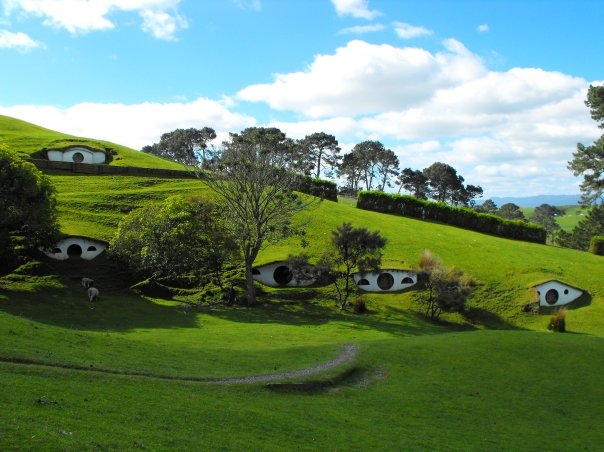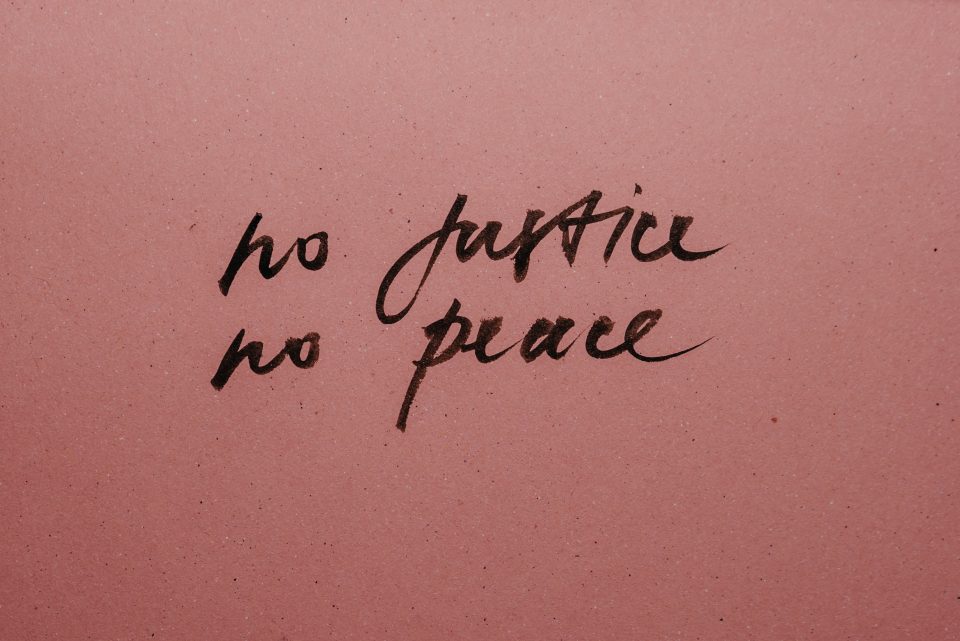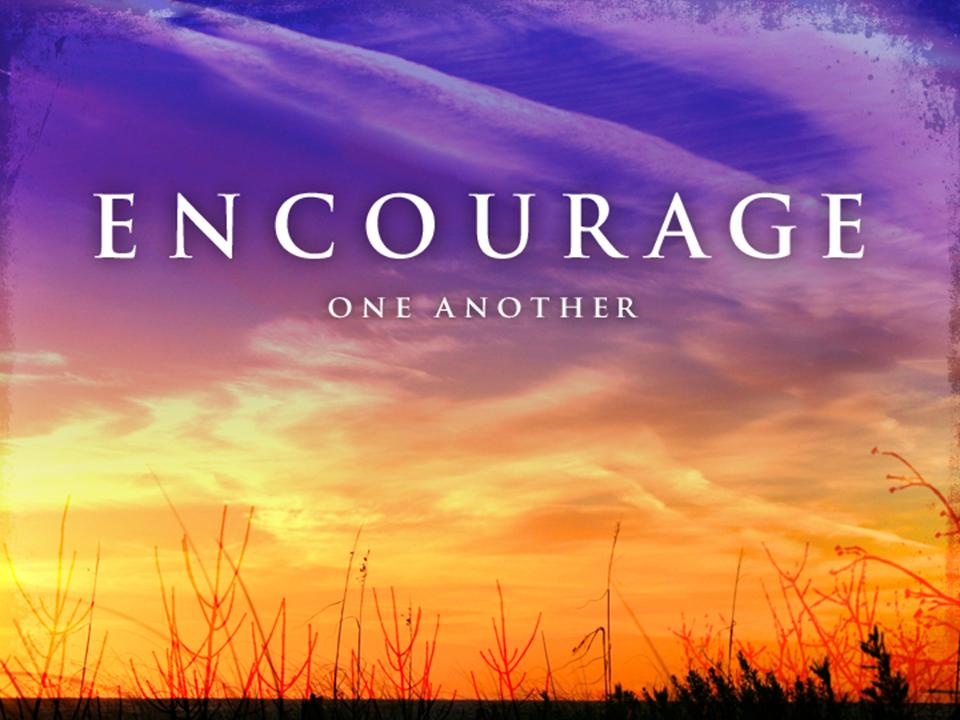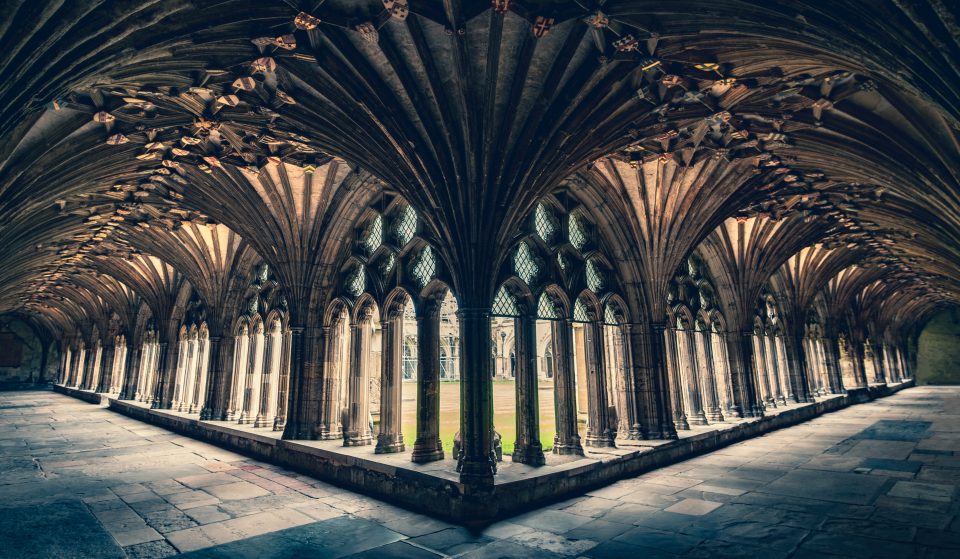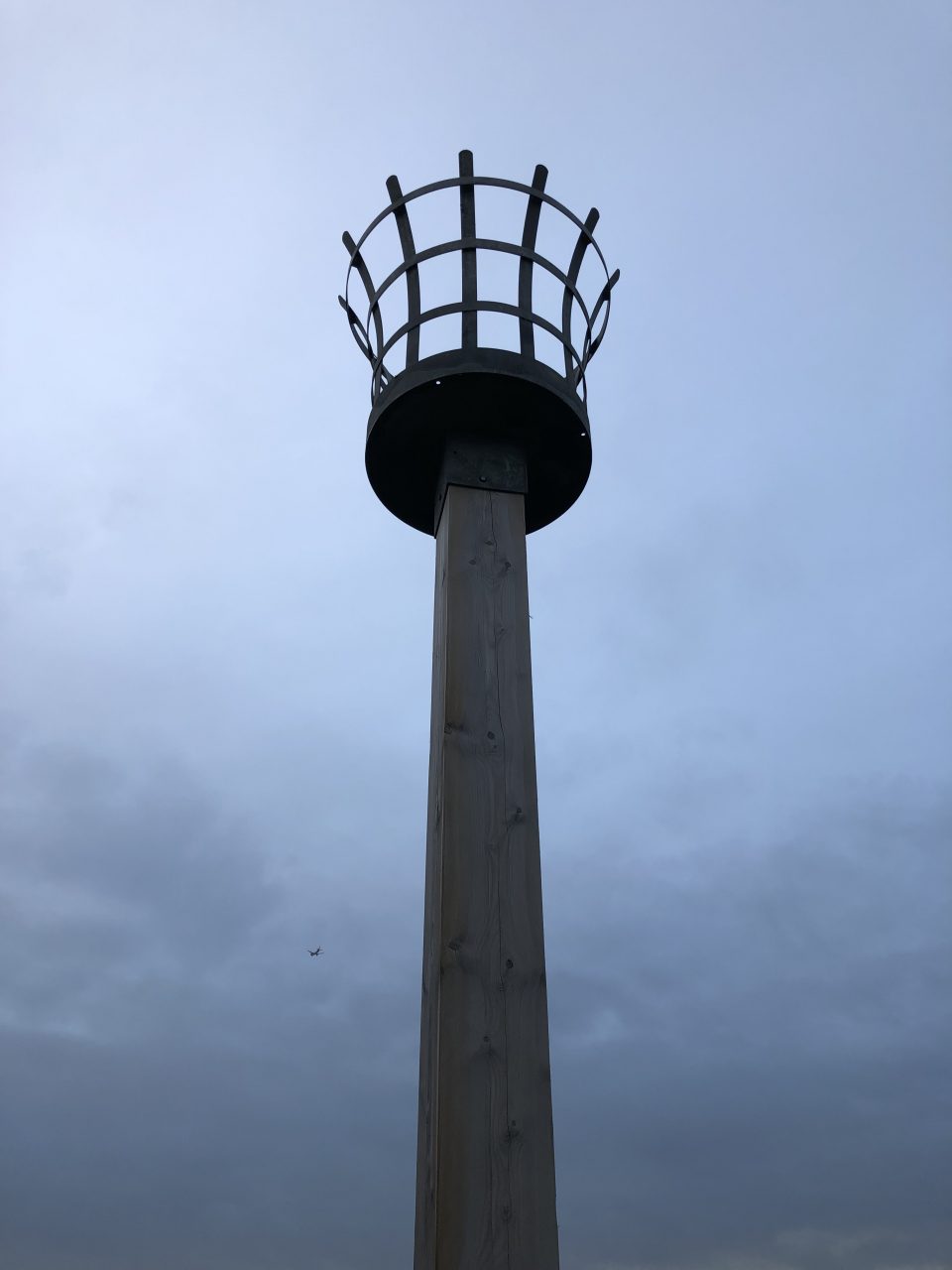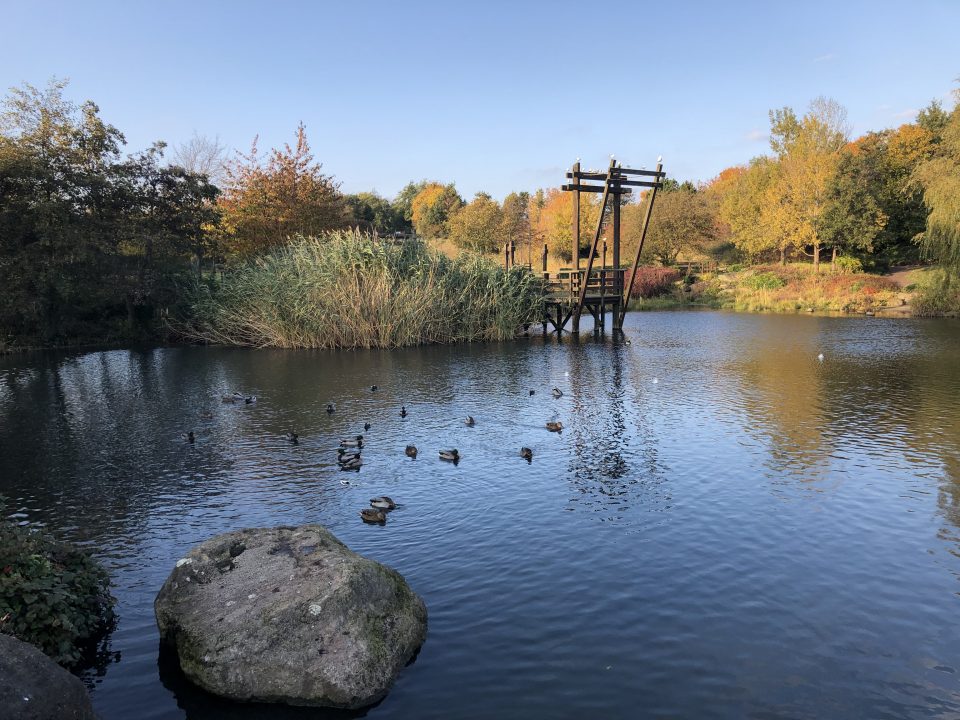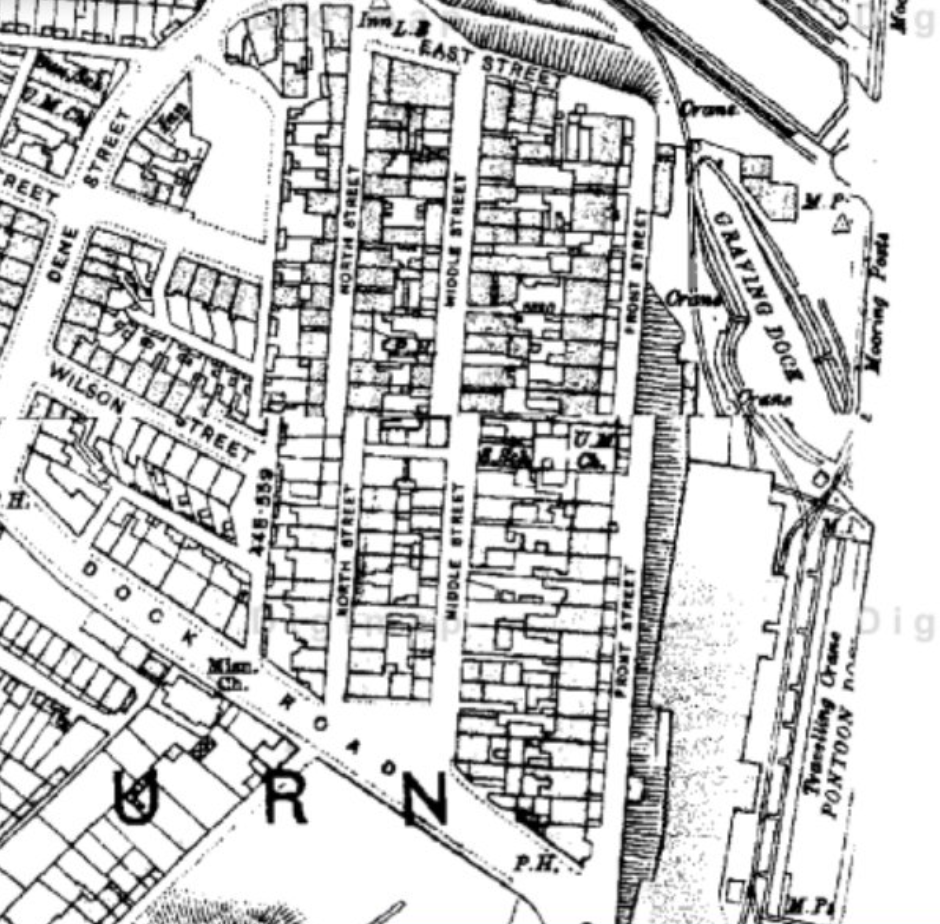Hi folks, I trust you are doing ok and that you have had a good week whatever you have been doing. This week we are meeting at the Quarry Pub at 7.30. I hope that you can join us. It has been a strange old week, adjusting to darker nights has really affected me. I think generally the grimmer the …
Call not for peace in the Holy Land, call for justice so that peace may root itself deeply and flourish.
Hi All, This week we will be meeting in the Enigma Tap at 7:30pm – looking forward to seeing those of you who can join us there. This weeks blog is a guest blog from David Hardman. The following is a little introduction to who he is and what he does. The Methodist Liaison Office & Revd David Hardman The …
A Question of Encouragement in Faith
Hi All, hope you have all had a good week. We will be meeting together at The Quarry at 7:30pm if you want to join us in conversation. We have tried to meet in the bay window just around the corner from the main entrance (turn left at the bar). See you then. The world is full of worry, stress …
A Question of Creativity
We are looking at creativity this week and we will be meeting at the Enigma Tap at 7:30pm and everyone is welcome to come and join the conversation. Are you creative? If so, why? If not, why not? Take a moment to think and write down what you think. If you asked most people what creativity is, they’d answer making …
A Question of Thanksgiving
If you are joining us tonight then we will be at The Quarry at 7:30pm tonight. I went to an awards ceremony last night. I had been nominated along with some others for an award as part of the Northumberland FA’s Grassroots football awards. I sat in a room with a 100 or so people and 22 awards were handed …
A question of cloisters!
Hi everyone, this week we are meeting in the Enigma Tap at 7.30. Hope to see yo there. A few months ago, I had a chat with one of our BCFX family who’d had a really hard week. It got me thinking that a community like us has its benefits and downsides. And one of those downsides is that we …
Sluice Sluice Wander – CHANGE OF PLAN!
Change of plan tonight… now meeting at 7.30 in THE Quarry Pub – The weather has meant we need to postpone that walk! Hi folks, for our first week back after the summer break we are meeting at the slightly earlier time of 7.00pm for a walk near Seaton Sluice, meeting at the Kings Arms pub, we should be walking …
Green Weekender!
Hi folks, i hope you are having a great summer, David and I have been involved in planning a Green Weekender. The Friday night is a gig at the Engine Room in North Shields which is highlighting local acts, and promises to be a great night. Its £8 and tickets and links to the artist spotify links can be found …
Summer Walk!
UPDATE! Hi folks, I hope you are doing ok? This week we are mixing things up again… meeting at 6.15 at Tynemouth Metro to get the 6.25 metro along to Meadowell and then walk back to Tynemouth. We will be walking from the Metro station heading south for a few hundred yards and then pick up footpath which heads east …
Where the Lost Things Go : All That’s Lost is Found
27th March : 6pm Meeting on Victoria Street, NE29 6TS (W3W props.copy.natively) walking to Minton Lane, NE29 6DQ, (W3W posts.maps.return. Approx 1.2miles 30mins round trip. EZEKIEL 37:1-14 Journeying God of the lost things the dead things Can they live? Where do we see life? Where do we see hope? Where do we see need? Where have we uprooted? Moved away? …
